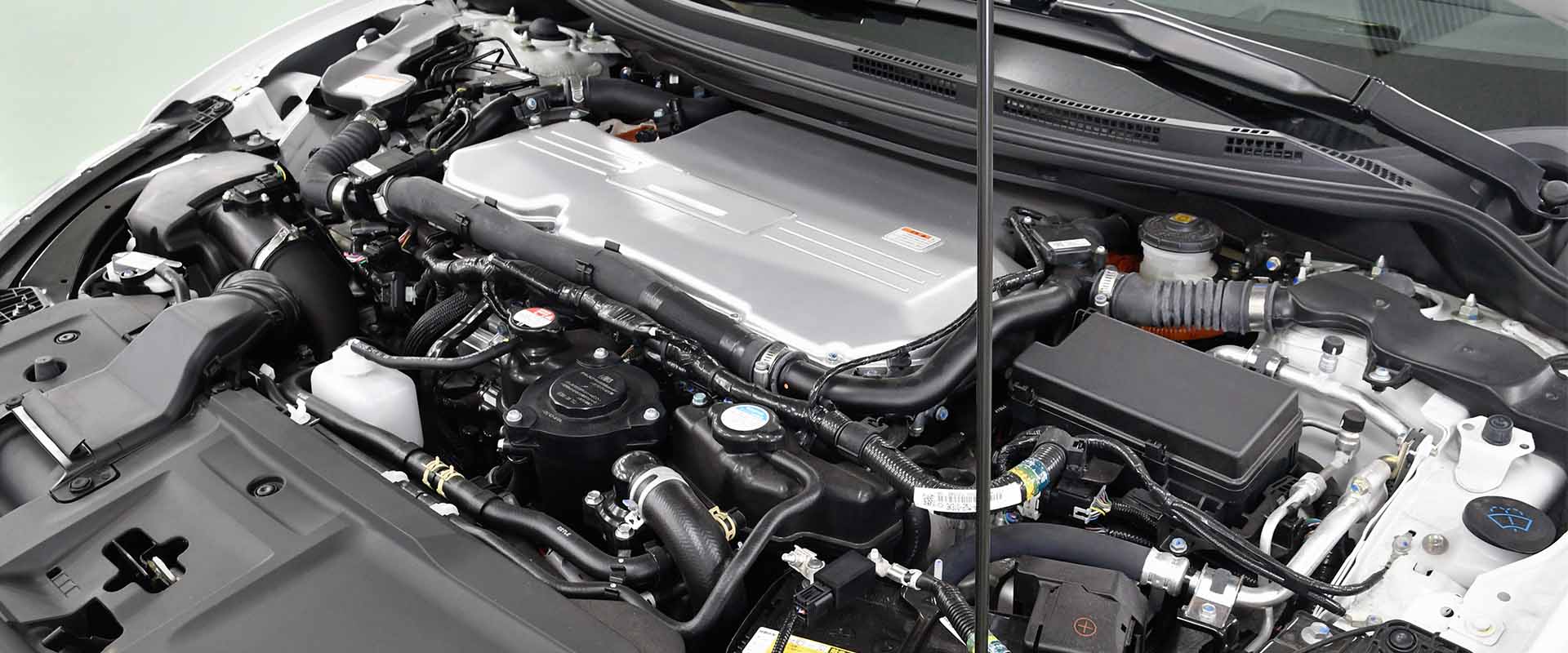How it works: hydrogen powered vehicles
renewable energy

renewable energy
Fuel cell electric cars take advantage of the most abundant element on earth: hydrogen. These cars are the newest zero emission vehicles to enter the Australian market, generating direct and indirect job opportunities in the renewable energy sector. How do hydrogen powered vehicles actually work? Let’s break it down.
Firstly, hydrogen gas is stored in a carbon-fibre reinforced fuel tank which is usually located beneath the rear seat of car. The fuel tank has thick walls and is crash tested, for safety.
The hydrogen is mixed with oxygen and pumped into the fuel cell. Hydrogen contains a lot of chemical energy which, if ignited will react with the oxygen in the air and explode. Harnessed safely within the fuel cell, this energy turns to electricity.
A fuel cell is built similar to a battery. Hydrogen enters the anode, coming into contact with a catalyst that separates the hydrogen atoms into an electron and proton. In this way hydrogen powered cars differ to electric cars – they are capable of producing their own electricity, via their own little power plant on board (the fuel cell).
The extracted electrons are gathered by the conductive current collector, which is attached to the vehicle’s high-voltage circuitry, powering the electric motor to turn the wheels.
This electricity also charges a small storage battery which is used to power an electric drivetrain (similar to an electric vehicle). The battery also captures energy from regenerative braking, supplying additional power to the electric motor.
During the process of hydrogen being converted to electricity within the fuel cell, any leftover hydrogen protons move across the cell and mix with oxygen to produce water vapour. This singular byproduct is emitted via the exhaust.

Hydrogen fuel cells are considered one of the best renewable energy sources for this reason, as they generate electricity without carbon dioxide emissions.
Brunel’s renewable energy specialists can help you meet your personnel and project needs. We provide personnel at all levels and role types to help you effectively scale your workforce and support every stage of your operation.